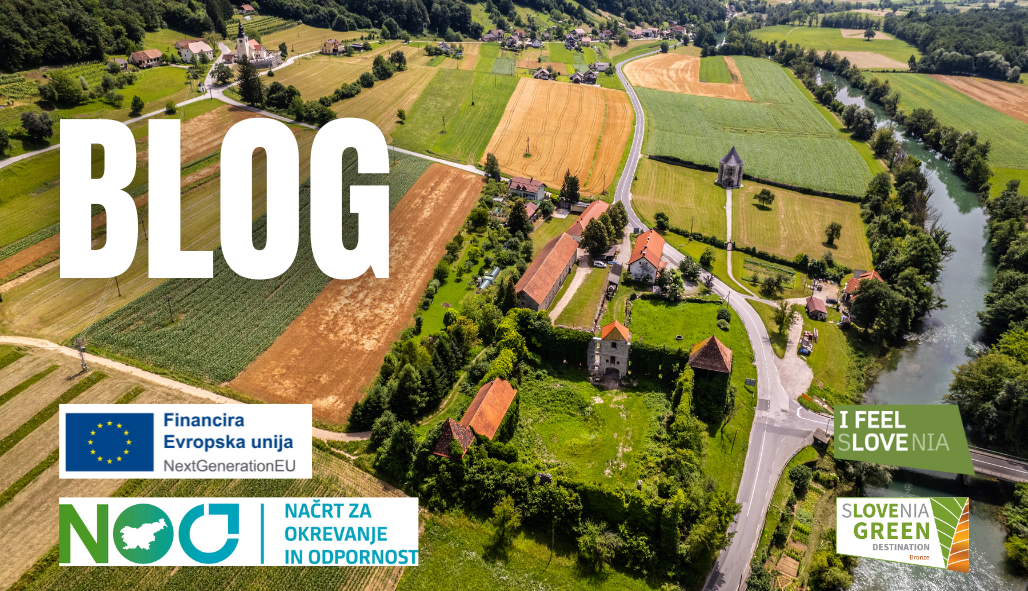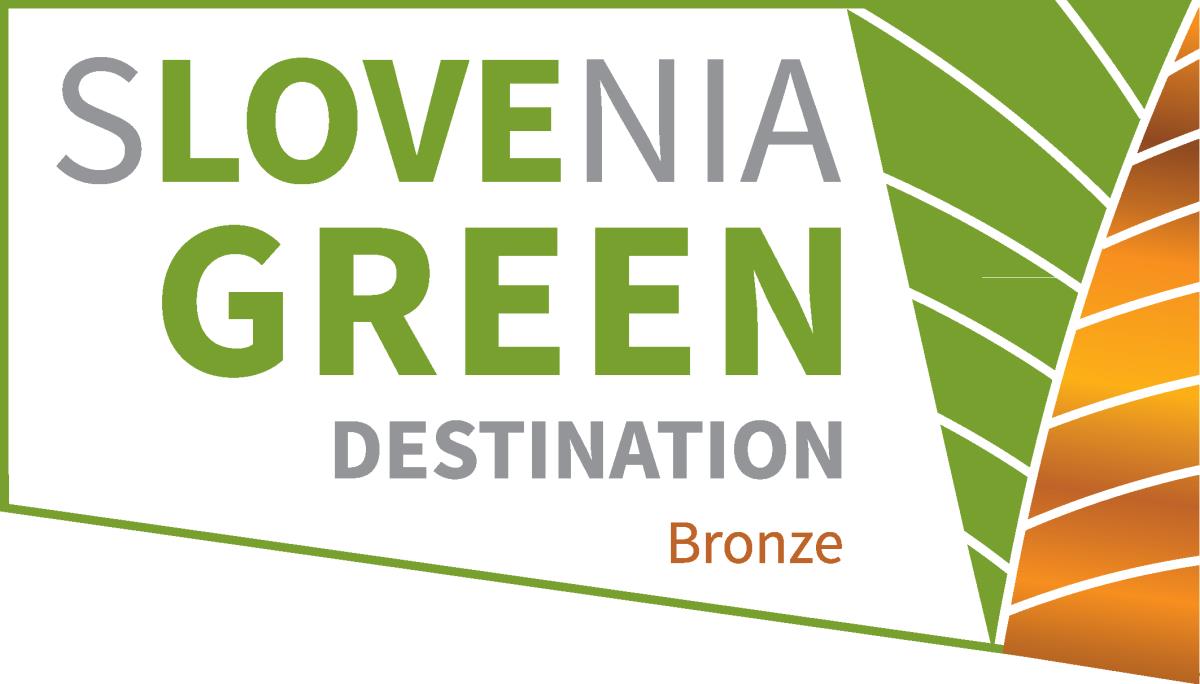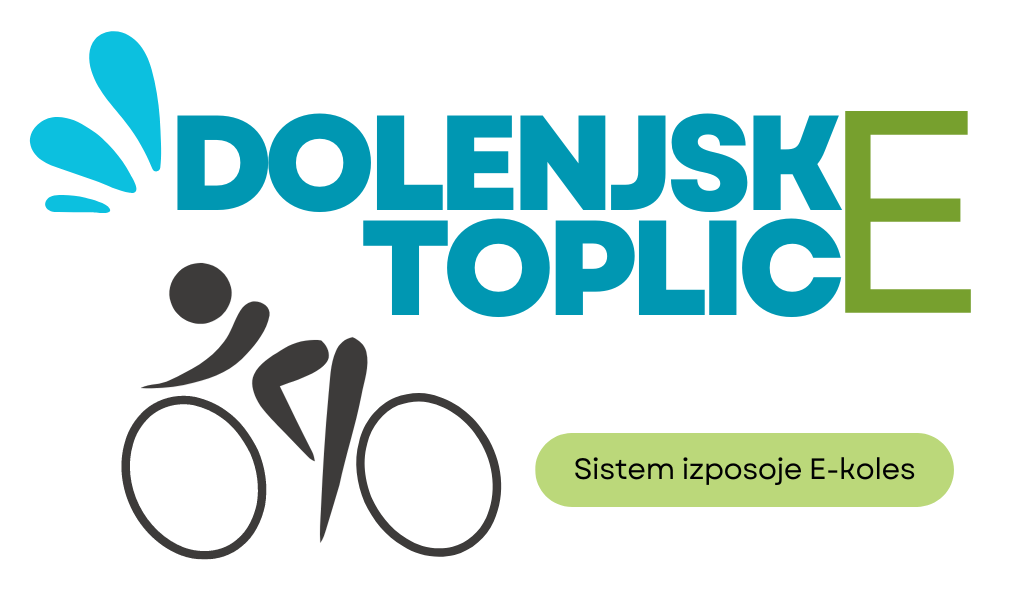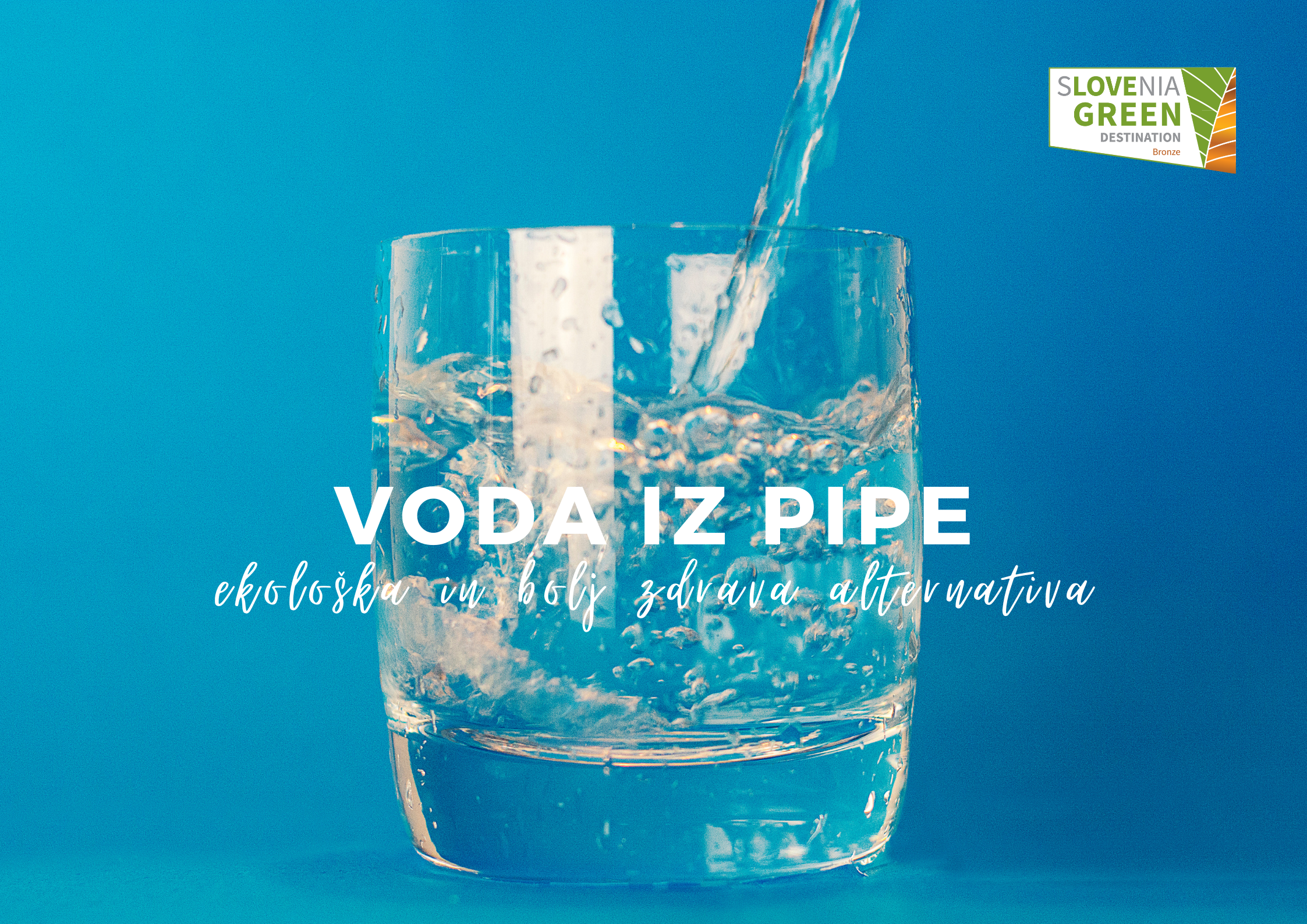CVINGER ARCHAEOLOGICAL PARK
Muzeji in zbirke, Gore in hribi, Učne poti, Pohodne poti, Zgodovinska dediščina, Razno
Arheološka pot Cvinger, 8350 Dolenjske Toplice
The archaeological trail at Cvinger leads you over all the important parts of this prehistoric site. The starting points are in Meniška vas, in the forest at the crossroads for Dolenje Polje and at the cemetery. It runs along forest trails and is clearly signposted. Explanatory boards mark the starting points, the barrow cemetery, the iron-smelting area, the embanked approach path, the entrances to the hillfort, and its interior. The trail that leads to Cvinger (265 m) is 2.5 km long and not demanding. The difference in altitude is only 60 m. Appropriate footwear is recommended. We wish you a pleasant walk!
The prehistoric hillfort on Cvinger hill near Dolenjske Toplice was established in the Late Bronze Age at the beginning of the 1st millennium BC. It was later abandoned for several centuries and settled again in the Early Iron Age in the middle of the 1st millennium BC. In that period, fortified settlements, with ramparts, earthen barrows and artefacts made of iron, were known in the Lower Carniola region. It was iron (smelting), which stimulated the trade between the inhabitants of Cvinger and the areas of northern Italy, the Alps, the Pannonian basin and the Balkans. The Lower Carniola region entered European prehistory for the first time.
The site, located in an excellent strategic location, is presented in nature in the form of an archaeological park. Its most important parts are connected by an archaeological trail, which presents the prehistoric heritage in its original environment. It consists of several connected archaeological areas. The central part of the site is a prehistoric building site, which was once surrounded by a mighty wall, which has also been partially reconstructed. On its southern slope stretches the smelting area, where the natives extracted iron in hundreds of smelting furnaces. This was then processed by forging into tools, weapons and jewelry and other useful products, which were traded in a wider area. The whole content of the site is completed by the burial mounds, where former members of the Dolenj prehistoric community are buried in numerous earthen mounds together with burial appendages.
In the future, the Municipality of Dolenjske Toplice (provided that the necessary funding is secured) is planning a digitization project of Cvinger, the purpose of which is to ensure equal access to its rich heritage for all visitors, including those with various forms of disabilities, and at the same time to combine all known information and points of interest in one place. For the time being, the found artifacts can be viewed in Dolenjski Muzej Novo mesto museum, and some, such as the situla, which depicts the life of the inhabitants of the castle, are also kept in Vienna, as they were found during the time of Austria-Hungary.
The wider area of Dolenjske Toplice is a typical example of river valleys representing the basis of communication and traffic in the past. As a result, here arose some of the oldest settlements. "The tributaries and confluences were particularly attractive, as the intersections of the paths are the points with the greatest flow of travelers and traders," emphasizes Dr. Borut Križ, long-time curator of the archeology department of Dolenjski muzej Novo mesto museum (source: Dolenjske Toplice in the reflection of time). The route along the Krka river valley also remained the most important transport route from the prehistoric beginnings until the settlement of the Romans.Thus, in addition to the rich archaeological sites from the Stone, Iron and Bronze Ages, we can also find many ancient remains of Roman roads, rural villas, burial grounds, inscription stones, bronze jewelry, pottery, and more.






